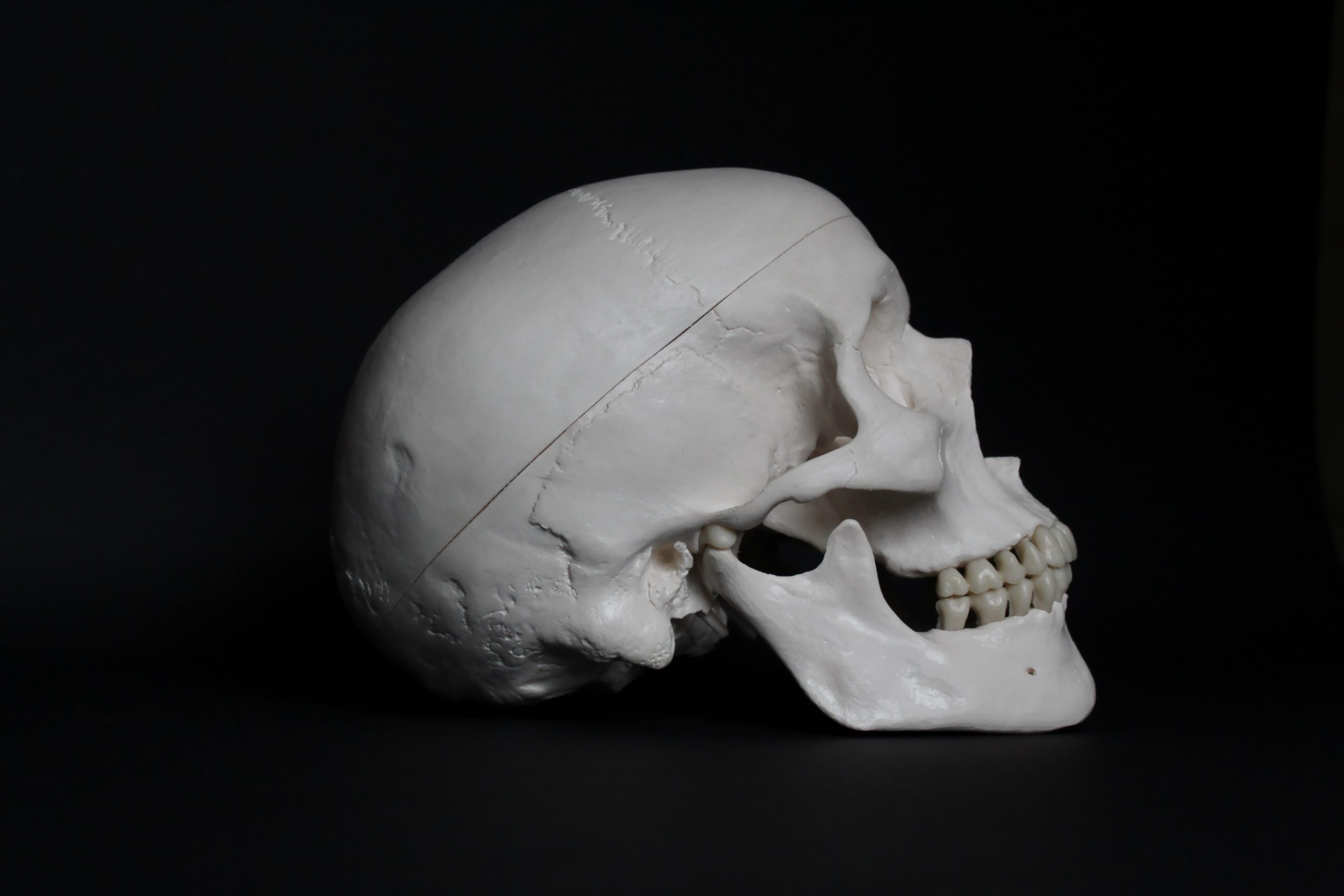Each week, The Daily’s Science & Tech section produces a roundup of the most exciting and influential research happening on campus or otherwise related to Stanford. Here’s our digest for the week of July 19 – July 25.
Shrinking human jaws linked to lifestyle changes
Human jaws are shrinking. Researchers have found this “jaws epidemic” does not have a genetic origin, and instead is caused by modern lifestyle changes, according to a study published on July 22 in “BioScience.”
“The jaws epidemic is very serious, but the good news is, we can actually do something about it,” emeritus biology professor Paul Ehrlich told Stanford News.
The findings suggest the jaw shrinkage is due to the behavioral changes which come with advances in agriculture, sedentism and industrialization. Dietary foods have become softer to chew with the invention of processed foods. Additionally, bad oral posture, the position of the jaw and tongue during times when children are not eating or speaking, has contributed to smaller and poorly developed jaws.
Benefits of proper jaw development include straighter teeth, more space for jaws and stronger oral muscles.
“We’re going to continue learning the causes of the jaws epidemic and continue getting the word out on how this is a highly treatable condition early on in life,” Ehrlich told Stanford News. “Parents and caregivers, in collaboration with dentists and orthodontists, can all help children to avoid some serious health problems later on in their lives.”
Newly created portable device measures blood ammonia levels
Researchers have created a portable device that measures ammonia content in blood, which proves useful for individuals suffering from metabolic diseases, a study published on June 30 in “ACS Sensors” reported.
“I’ve spoken with families who have children with this condition about having this kind of device and it makes them emotional because, for them, the consequences of not getting ammonia checked accurately and quickly are so severe,” pediatrics assistant professor Natalia Gomez-Ospina M.D. ’11 Ph.D. ’11 told Stanford News. “For these families, it could be life-changing.”
The device requires roughly one drop of blood — less than 1 percent of blood necessary for current tests — to measure ammonia levels within one minute. The size of the ammonia detector is similar to a television remote and uses test strips to analyze the blood drop.
“From day one, the objective was a device that would be used by patients and their families to improve health outcomes,” chemistry associate professor Matthew Kanan told Stanford News. “Through all the challenges, having that goal has really held the collaborative effort together.”
Genetic safety mechanism for human transplanted cells
A genetic safety mechanism can be installed in cells destined for transplantation into a patient to prevent transplanted cells from wreaking havoc in their body, a study published on July 13 in “Nature Biotechnology” reports.
“In the past, some cell therapies with blood cells have shown a capacity to spawn a leukemia, which is obviously not what you want,” pediatrics professor Matthew Porteus M.D. ’94 told Stanford Medicine’s blog, SCOPE. “Once you put cells in the body, it’s hard to get them out.”
The findings suggest the safety mechanism works by disrupting the gene which codes for an enzyme called uridine monophosphate synthase. The enzyme makes uridine, which is a crucial component of making DNA, the cell’s genetic blueprint that dictates cell replication.
Cell transplantation has the future potential to repair or replace aged, damaged tissues, or aid in delivering drugs or enzymes to the body.
Patients who receive transplanted cells need to take uridine supplements in order for the transplanted cells to continue replicating. In the case where transplanted cells become malignant, patients can stop taking uridine supplements, and the safety mechanism becomes activated and transplanted cells stop growing.
Contact Derek Chen at derekc8 ‘at’ stanford.edu.
